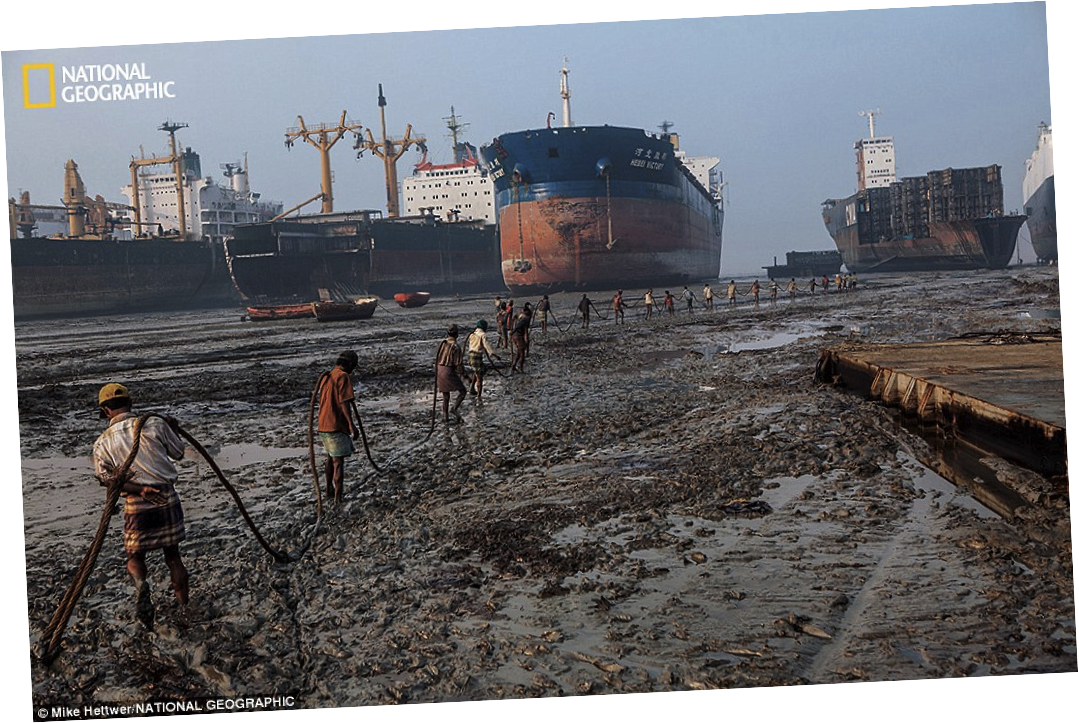A great street photography photo, like any well shot candid photo, is a combination of good light, composition and the right moment. You have to go search for that combination of interesting light and people. The hardest part of street photography is you have to create the context for your photos. It is your job to convince people they should be invested in this picture you took of a complete stranger.
If you are shooting a concert or an event, it is at least clear what the background of story of the photo is. The art of street photography (which I will in no way say I’ve come close to achieving, but improvement is what keeps me shooting) is taking a photo of a normal scene, devoid of context, and making it into something interesting.
Shoot with confidence
When you grab your camera and take to the streets, you need to own them. If you feel self conscious, your body language will betray you and you will look like you doing something wrong. If you look like you are doing something people will assume you are and the response you get to photographing strangers will not be a positive one.
On that same note, not everyone will want to have their picture taken and will get mad at you for taking pictures, whether you were taking pictures of them or not. First, yes you are allowed to take pictures of strangers on the street. There is no expectation of privacy in a public area. But just because you can take pictures of people doesn’t mean you should. If someone gets upset just move on. You can waste your time trying to educate them on the finer points of the law, or you can spend your time making more photos. I choose the latter.
Use a wide lens
Street photography is not the time to be sniping photos of people with a long telephoto lens. You are not as inconspicuous as you think you are; people will see you. Long lenses make you look sneaky and like you are doing something wrong. As weird as it might seem, you will get a better response taking someones photo up close with a 50mm lens than far away with a 200mm lens. I personally often use a 35mm lens. Primes are nice because they are not large and imposing and often times you can shoot unnoticed even when you are photographing a scene from close up. And if you ask someone for their photo you are not shoving a huge lens into their face.
A wide lens will feel awkward at first because it exposes you more to the people you are photographing. It is a good thing to remember this is how they feel when they notice you photographing them.
Ask and wait
For a lot of street photography, you will be wandering around making photos of street scenes where going up and talking to your subjects would not only be unfeasible, but would ruin the moment you were looking to capture. But there are moments where you might see a group of people hanging out that you want to photograph, and hanging back waiting for the right moment to snap the shutter would be very obvious and creepy. It is a law of photojournalism that as soon as a camera is introduced into an environment, it changes it. Accept this, and learn to embrace it. The best way to get natural images in situations like this is to make them feel comfortable with your presence. Chat them up, explain who you are, give them a card if they are interested in getting a copy of any pictures you take, and after that if they don’t mind you taking photos just hang back and wait for them to forget about you. While you are talking to them take some group pictures, get them used to the camera, after that is when you start taking the real photos. Groups of people can be great subjects. Because they are in a group of their friends they are not as threatened having their picture taken as they would be along by themselves on the street.

Be patient
Nothing is guaranteed when you take your camera out into the city. Photo opportunities may not immediately present themselves. You may go out three or four times before taking a decent photo. Be patient. The only certainty with street photography is you will never take good photo if you are not out there trying to make it happen. You either need to find a place with amazing light and wait for the moment to happen, or walk around searching for your photos. This is a numbers game. The longer you spend out making images, the more “keepers” you will end up with. While it is not a bad idea to have a specific photo you want in your head, the beauty and art of street photos is the spontaneity and unpredictable nature of them. If you aren’t finding anything interesting you aren’t in the right location, and you aren’t staying out long enough. Know when to stay and wait, know when to move and always understand that after all this work you may not get anything good. That’s ok, just take your camera out a different night and try it again.



















































